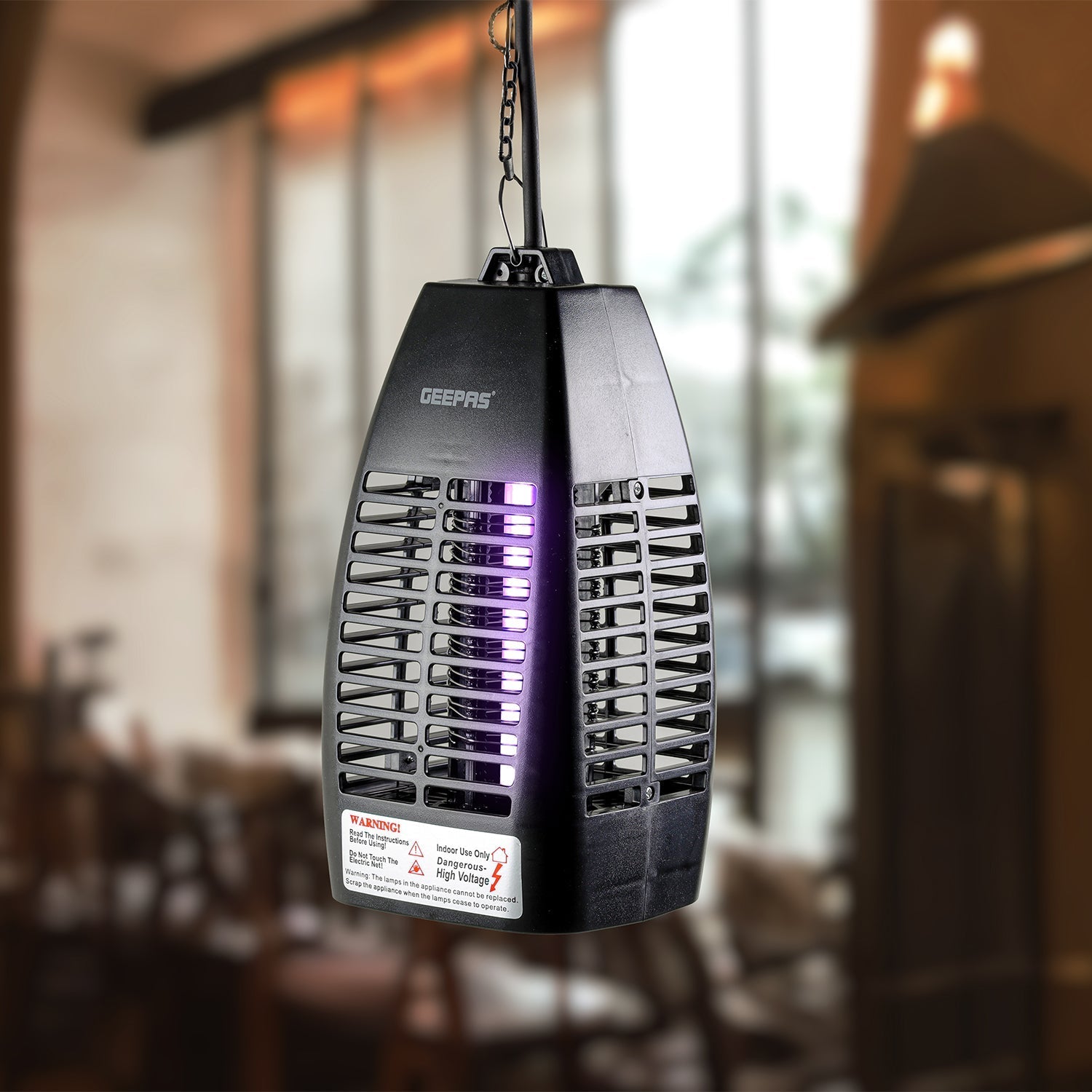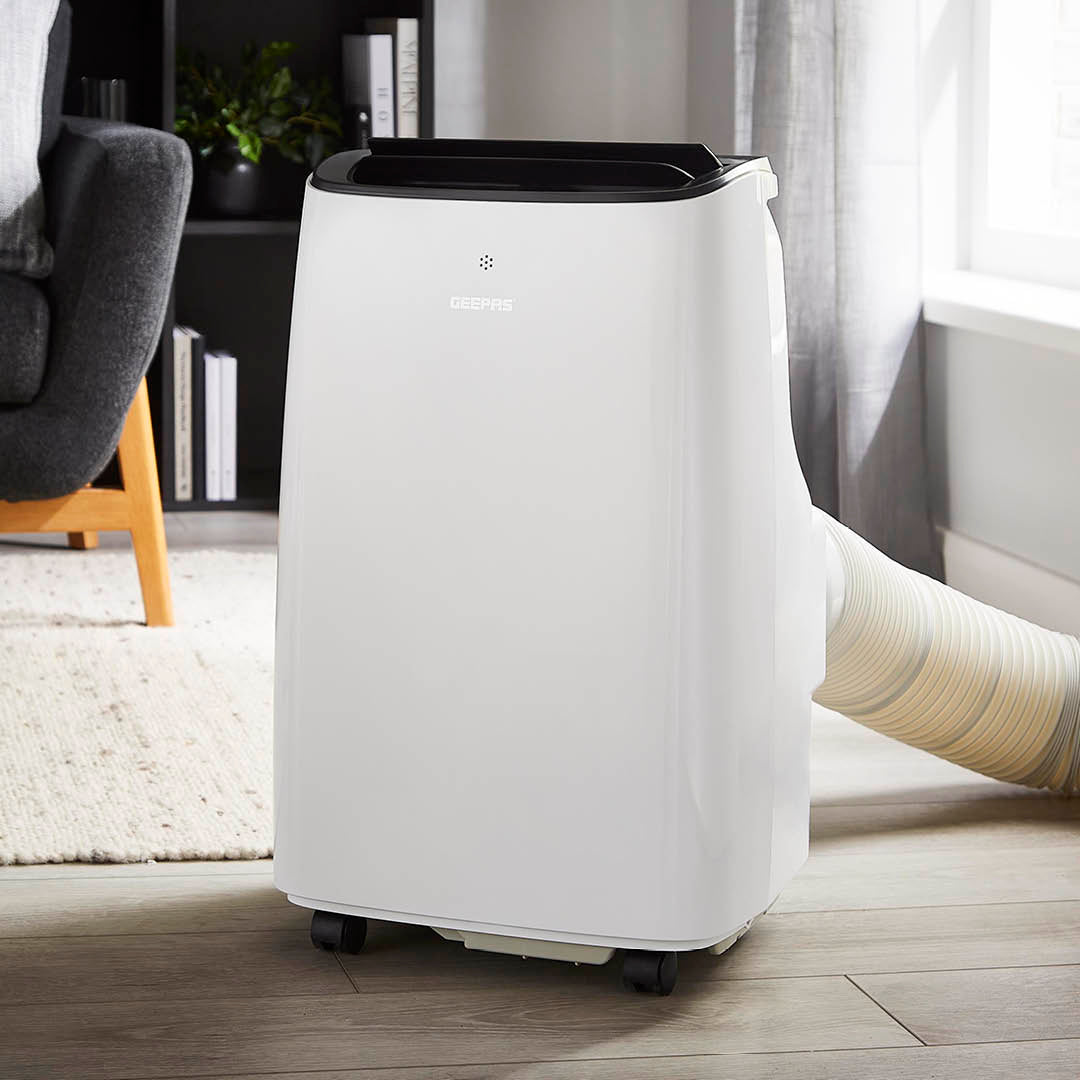In the battle against pesky flying insects, electric fly zappers stand as a popular and readily available weapon. Emitting a characteristic "zap" sound, these devices promise to rid your indoor and outdoor spaces of annoying flies, mosquitoes, and moths. But how exactly do electric bug zappers work their electrifying magic? Let's delve into the science and technology behind these insect eliminators.
Shop the Geepas electric fly and insect zapper product collection
The Core Principle: Attraction and Electrotraction
At their heart, fly zappers operate on a simple yet effective principle: They attract flying insects to a high-voltage electrical grid, where they are then electrocuted upon contact. This process involves two key stages:
1. Insect Attraction Via Ultraviolet (UV) Light:
The primary method of luring insects into the electric insect killer is through the use of ultraviolet (UV) light. Most bug zappers are equipped with one or more UV bulbs or UV LEDs that emit light in the UVA range (around 345 to 370 nanometers). This specific wavelength has been scientifically proven to be highly attractive to a wide variety of flying insects, including flies, moths, and gnats.
2. Electrocution On The High-Voltage Grid:
Surrounding the UV light source is an electrified metal grid composed of two sets of closely spaced wires or helices with a high voltage running between them (typically ranging from several hundred to several thousand volts AC). This grid is usually protected by an outer cage made of plastic or grounded metal bars to prevent accidental contact by humans or larger animals, a crucial safety feature of fly zappers.
- The "Zap": When a flying insect, attracted by the UV light, flies into the space between the electrified wires, its body bridges the gap, completing the electrical circuit. The high voltage then surges through the insect's small body, causing electrocution and the characteristic "zap" sound we associate with these devices.
Key Components Of An Electric Fly Zapper:
- UV Light Source: Fluorescent UV tubes or UV LEDs designed to emit the most attractive wavelengths for flying insects.
- Electrified Grid: A network of closely spaced, alternatingly charged wires that deliver the fatal electric shock.
- High-Voltage Power Supply: A transformer or voltage multiplier circuit that steps up the mains voltage to the level required for electrocution.
- Protective Cage: An outer housing to prevent accidental contact with the high-voltage grid.
- Collection Tray (Optional): Some models feature a tray at the bottom to collect the electrocuted insects for easier disposal.
- Power Cord and Plug: For connecting to a standard UK mains socket.
- On/Off Switch: To control the operation of the bug zapper.
- Safety Features: Including the protective cage and sometimes a thermal fuse.
Effectiveness and Considerations:
While electric fly zappers are effective at killing many types of flying insects attracted to UV light, it's important to not some considerations:
-
Not all insects are equally attracted: Mosquitoes, for instance, are primarily attracted to carbon dioxide and human scent, making UV fly zappers less effective against them compared to flies and moths. Some newer models incorporate CO2 emitters or attractants like octenol to target mosquitoes more effectively.
Safety First:
While generally safe when used as intended, it's crucial to follow safety guidelines when operating electric fly zappers in your home or garden:
- Keep out of reach of children and pets: The high-voltage grid can deliver a startling shock.
- Do not touch the electrified grid when the unit is plugged in.
- Place units away from flammable materials.
- Follow the manufacturer's instructions for proper use and maintenance.
- Consider placement to minimise the potential dispersal of insect fragments, especially indoors.
In conclusion, electric fly zappers work by emitting UV light to attract flying insects towards a high-voltage grid, where they are quickly electrocuted. While effective against common flying pests, understanding their limitations and adhering to safety guidelines is essential for their responsible use in your home and garden.



